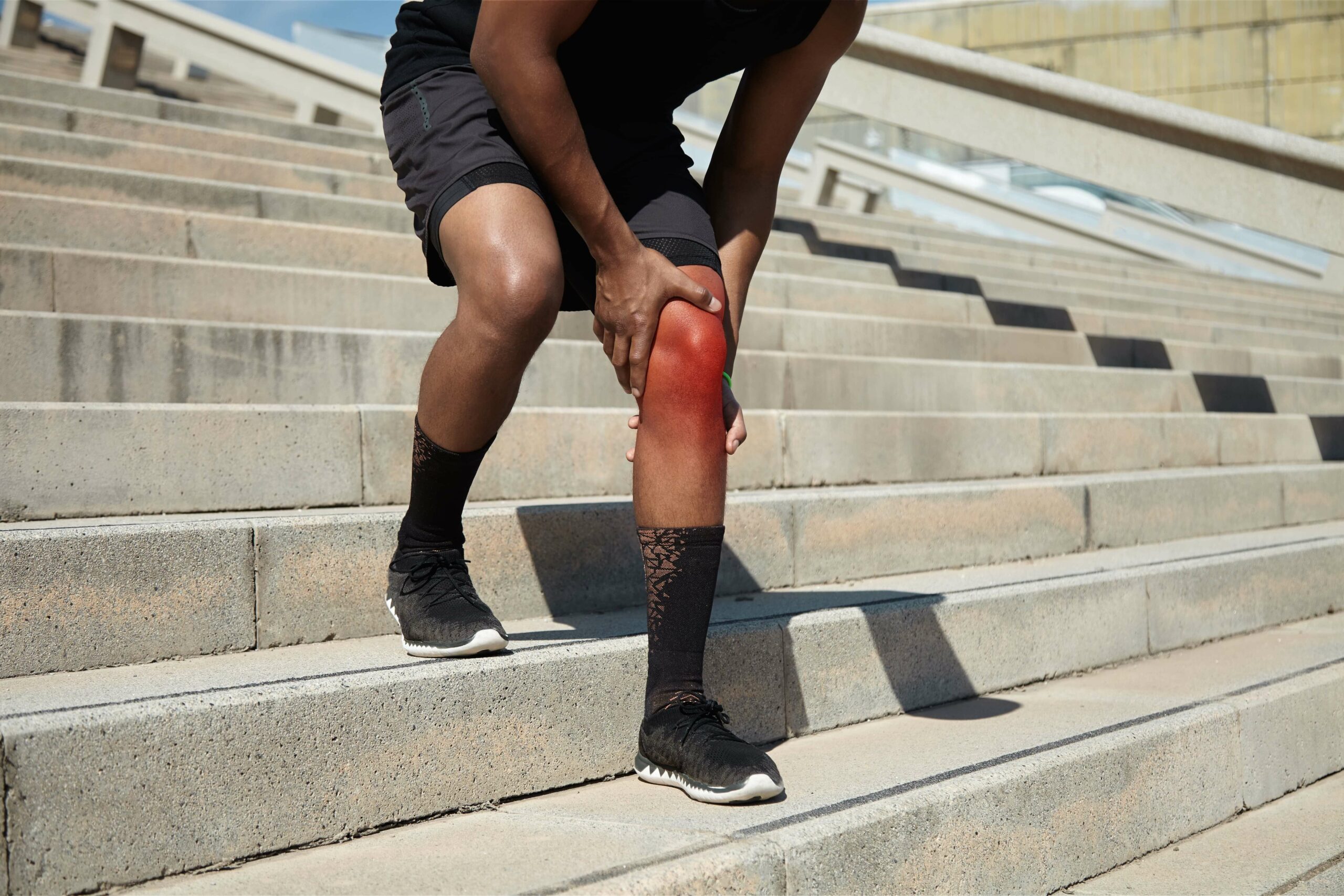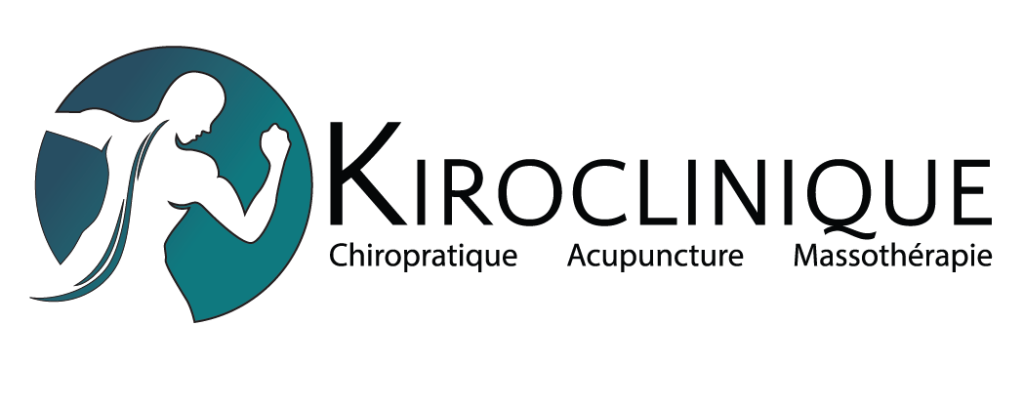Beloeil : 450 527-1239
Laval : 514 500-0264 TAKE AN APPOINTMENT

What deficiency causes muscle cramps?
Experiencing muscle cramps can be both annoying and uncomfortable, leaving many of us questioning the root cause of these sudden and uncontrollable muscle contractions. Often, the culprit is a deficiency within our own bodies. But which deficiency is responsible for muscle cramps? Delving into the causes, symptoms, and the importance of nutrition in maintaining muscle health is essential. This is where Kiroclinique comes in, providing valuable insights and effective solutions to address this common issue.
Decoding muscle cramps: origins and symptoms
Muscle cramps stem from various risk factors like:
- dehydration
- mineral deficiency
- overuse
Symptoms include sudden, sharp pain and involuntary muscle contractions, typically in the legs. Understanding these signs is vital for effective management and prevention. Notably, these symptoms can be a common sign of underlying health issues, necessitating a deeper look into one’s overall well-being.
Nutrition’s impact on muscle health
Proper nutrition, especially adequate potassium, calcium, and magnesium, is vital for preventing muscle spasms. These essential nutrients play a critical role in the balance of electrolyte levels in the human body, directly impacting muscle function and reducing the likelihood of cramps.
Common types of muscle cramps explained
Muscle cramps vary, including nocturnal leg cramps and exercise-associated spasms, each with distinct triggers and symptoms. They may indicate health issues like disease or irregular heartbeat, highlighting the need for a nutrient-rich diet. It’s imperative to recognize these types as potential signals of more serious health concerns.
A closer look at the rhomboid muscle
The rhomboid muscle, essential for shoulder and upper back movements, is often susceptible to strain and cramps. Understanding its function and vulnerabilities helps in preventing discomfort and maintaining muscle health.
Anatomy and functions of the rhomboid muscle
The rhomboid muscle, located between the shoulders, stabilizes and moves the shoulder blades. Factors like vitamin deficiency and sun exposure influence the health of muscles and bones.
Typical issues associated with the rhomboid muscle
Common problems include strain, cramps, and muscle tension, typically resulting from poor posture or overuse in activities. Memory loss and some medical conditions might relate to nutrient deficiencies, underscoring the need for a balanced diet and regular physical activity.
Nutritional deficiencies and their effect on rhomboid muscle pain
Magnesium deficiency, along with shortages in potassium and calcium, can significantly affect rhomboid muscle health. Such nutritional imbalances result in heightened vulnerability to pain and cramps. It’s crucial to maintain a diet enriched with these key nutrients to ensure the health and functionality of the rhomboid muscle, especially considering the heart’s dependency on these minerals for maintaining a healthy rhythm and preventing cardiovascular diseases.
Key vitamins and minerals for muscle function
Essential for muscles are calcium, magnesium, and vitamin D, crucial for contraction, relaxation, and overall health.
How lack of nutrients impacts the rhomboid muscle
Inadequate nutrition can result in reduced strength, increased fatigue, and heightened cramp susceptibility in the rhomboid muscle.
Strategies for preventing and treating rhomboid muscle pain
To avoid and ease rhomboid muscle pain, practice regular stretching, physical activity, proper posture, and use heat or cold therapy. These techniques help reduce pain and improve muscle function. Seek medical advice if pain continues.
Dietary recommendations for stronger muscles
Include dairy products, green vegetables, egg yolk, and sweet potatoes in your diet for their protein, antioxidants, and omega-3 fatty acids, essential for building and maintaining robust muscular health.
Effective exercises and stretches for the rhomboid muscle
Incorporate rowing movements, shoulder blade squeezes, and targeted stretches to strengthen and improve flexibility in the rhomboid muscle. Additionally, consider chiropractic adjustments for optimizing joint mobility and enhancing overall muscle function.
Knowing when to seek professional help
If rhomboid muscle pain leads to severe muscle cramps or worsens, consult a healthcare provider. Early intervention is key for accurate diagnosis, treatment, and effective recovery.
Consider seeing a chiropractor for musculoskeletal issues, and check our chiropractic services for targeted pain relief and mobility improvement.
Indicators that your muscle pain requires medical attention
Persistent pain, swelling, redness, or muscle weakness indicate a need for immediate medical evaluation and treatment.
The significance of chiropractic care in muscle pain treatment
Chiropractic care plays a crucial role in treating muscle pain, enhancing recovery, and preventing future injuries. Understanding what deficiency causes muscle cramps is essential for developing effective treatment plans.
Understanding and addressing the causes of muscle cramps, particularly through nutrition, exercise, and timely medical intervention, is crucial for maintaining healthy, pain-free muscles. To learn more about how chiropractic can help you manage muscle cramps and improve your overall muscle health, contact us today to schedule a consultation. Let us help you take the first step towards a more active, pain-free life.


